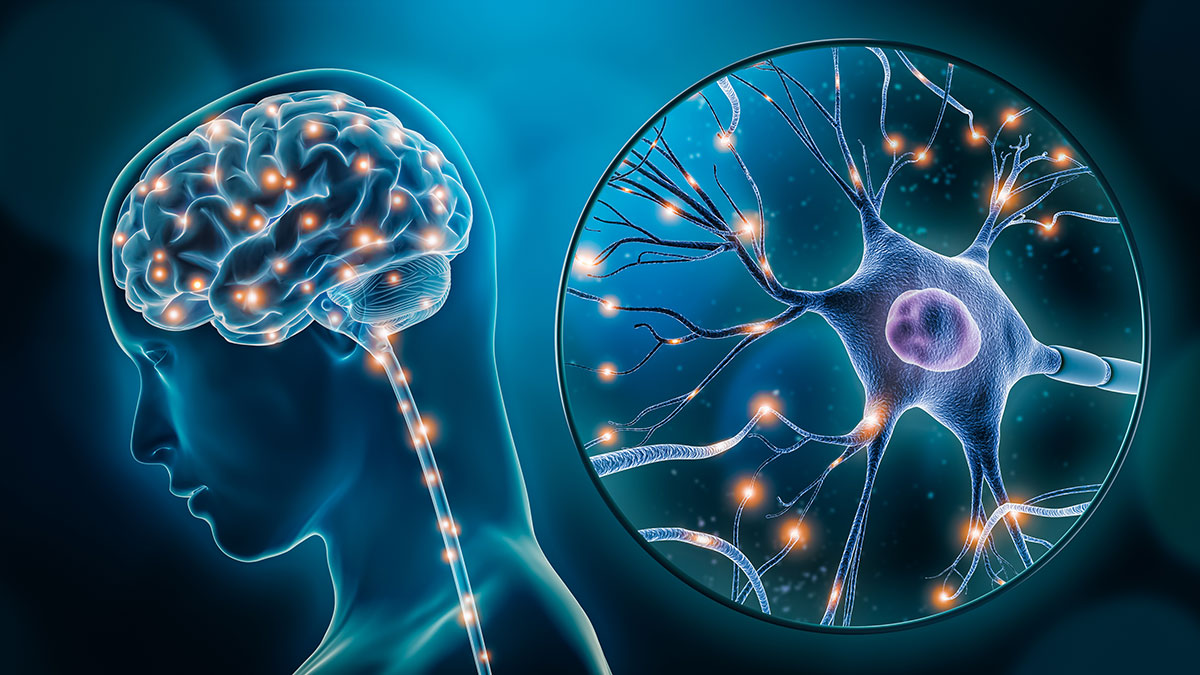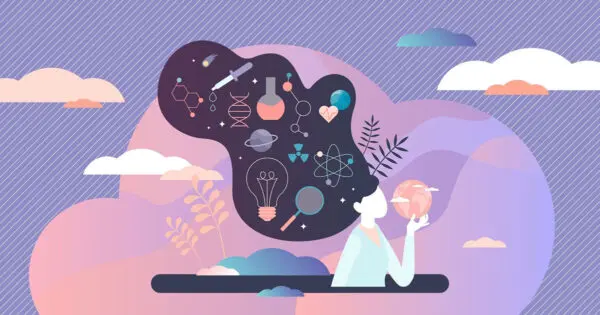Medical Editor: Dr. Lynn Marie Morski, MD, Esq
Ibogaine and Neuroplasticity: An Overview
The idea that the human brain can change its physical structure and function in response to changes in environmental input has been around since the late 19th century, but it was only recently that technology allowed us to measure these changes objectively.
It was even more recently when we learned that certain psychedelics support neurogenesis (the growth of new brain cells) and neuroplasticity (the ability for your brain to create new neural pathways and connections). Ibogaine, a psychedelic medicine derived from the iboga shrub native to Gabon, is one of those psychedelics that may be quite beneficial in this regard.
Ibogaine is most well-known for its ability to address opiate withdrawal. While the exact mechanism by which it accomplishes that is unknown, research is finding that ibogaine interacts with the nervous system by activating numerous neurotransmitters that create a wide range of effects in the brain, including neuroplasticity.
Before we get into the specifics about ibogaine’s impacts on neuroplasticity, we’ll dive a little deeper into the science behind it.
What is Neuroplasticity
For much of the history of psychology, researchers were under the impression that the adult personality is established around age thirty and has very little room for change. There was even a belief that one had a limited number of brain cells and that these cells could not be replaced – a hypothesis that has been disproven.
The discovery of neuroplasticity has changed this view. We now know that the brain can evolve throughout life in response to internal factors and external events or stressors. It is understood that the brain can change throughout life in response to experience, both positive and negative.
There are three significant proteins we will talk about that mediate neuroplasticity in the brain. The first is BDNF (brain-derived neurotrophic factor), the second protein is called GDNF (glial cell-line derived neurotrophic factor), and the third is NGF (nerve growth factor). Ibogaine acts on receptors that modulate the release of all three of these proteins — which makes ibogaine different from other psychedelic compounds.
These proteins are known as neurotrophic factors, and they work together to promote survival, growth, and maintenance of the central nervous system (CNS). It has long been known that these proteins are essential during childhood development, but they have recently been recognized as critical to the adult brain as well.
BDNF and GDNF have also been shown to play a role in modulating addiction behaviors in animal trials.
Ibogaine and BDNF
BDNF is a protein that is released in response to neuronal activity. It stimulates the growth, survival, and differentiation of neurons as well as their connections with each other. These connection points are called synapses. Classical psychedelics like psilocybin increase BDNF by acting on the same receptor as serotonin, the neurotransmitter that regulates mood. Low levels of BDNF have been linked to diseases like Alzheimer’s, Parkinson’s, and Huntington’s disease.
Ibogaine and GDNF
GDNF is a protein that is responsible for maintaining the health and survival of dopaminergic and motor neurons in the brain. GDNF may also stimulate the release of dopamine and other neurotransmitters in synapses, affecting synaptic plasticity. GDNF also plays a role in neurodegeneration, which is thought to be connected to Parkinson’s disease, specifically at the dopamine receptor. As far as we know, ibogaine is the only compound that can stimulate the release of GDNF naturally.
Ibogaine and NGF
NGF works to maintain the health of nerve cells called neurons. NGF is essential for learning and memory, playing a vital role in the preservation of brain cells. It has also been shown to stimulate new neuron growth, which can be beneficial during recovery after a stroke or traumatic brain injury to replace damaged tissue.
Ibogaine Supports Neuroplasticity
Neuroplasticity refers to “the ability of neural networks in the brain to change through growth and reorganization.” One way that brain cells grow is through a process called dendritic branching. Dendrites are the branching roots of the nerve cell that connect to other nerve cells, creating spaces of connection called synapses where neurotransmitters interact and can be taken up into the cell for transport to the appropriate channels of activation.
Once ibogaine is metabolized in the liver into noribogaine, noribogaine then binds to specific receptors and begins to active neurotransmitters that stimulate the release of neurotrophic factors. So while ibogaine is the starter compound, once it has been ingested and metabolized, noribogaine is leading to the resulting neurogenesis.
In one study involving rats, ibogaine was found to catalyze neuroplasticity in a dose-dependent manner. The researchers demonstrated that ibogaine alters the cellular transcription levels of both GDNF and BDNF. This means that ibogaine regulates the rate at which the neurons produce and release these compounds.
The researchers administered ibogaine to rats in a time and dose-dependent manner, analyzing the various neurotrophic factors present in the brain post-mortem. After checking the rats’ brains for variations across dose, time, brain region, and concentration of neurotrophic factors, researchers suggest there could be potential for ibogaine to support neurodegenerative diseases such as Parkinson’s.
It is already well established in the literature that an increase in serotonin transmission results in an increase in BDNF expression. It is further well established that ibogaine and its metabolite noribogaine increase serotonin transmission because both compounds are serotonin-reuptake inhibitors, meaning that they help keep serotonin available for interaction in the synapses.
Ibogaine also interacts with NGF, which may be involved in specific areas of the brain connected to substance-seeking behavior. However,t this protein is less studied than BDNF and GDNF. There is evidence that NGF levels are decreased in the brains of alcohol-treated mice, specifically in the hippocampus and hypothalamus. These conditions were also apparent in the serum of chronic heroin and cocaine users, which might suggest a common relationship between NGF and addictive behavior.
Ultimately, this study revealed that ibogaine administration impacts the expression of three neurotrophic factors: BDNF, GDNF, and NGF, resulting in the production of neuroplasticity. This verifies another study that classified ibogaine as a “psychoplastogen” for its ability to rapidly promote neurogenesis. While these are all promising results, until we have clinical trials to further investigate these effects in humans, we will not know the full impacts of ibogaine on neuroplasticity.








